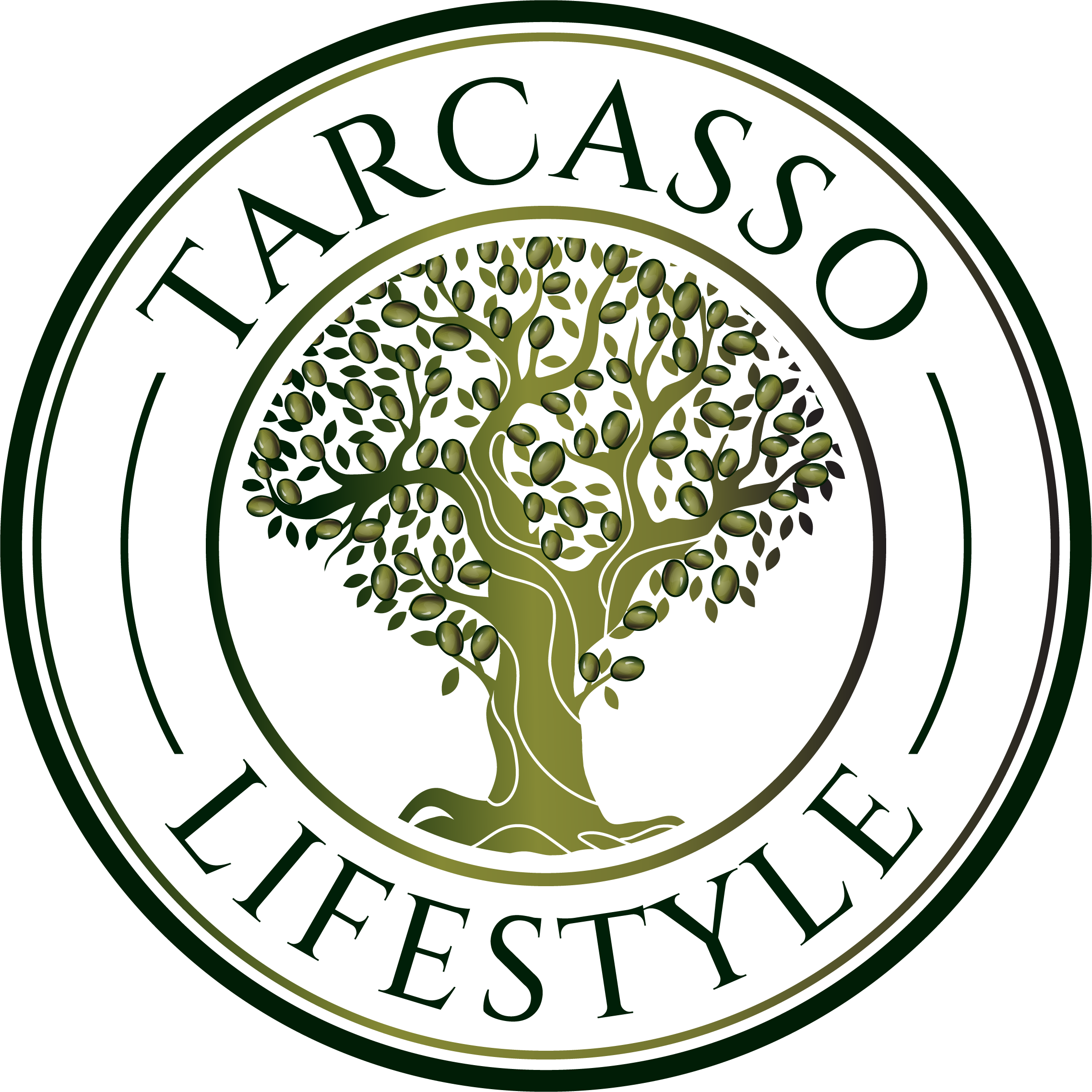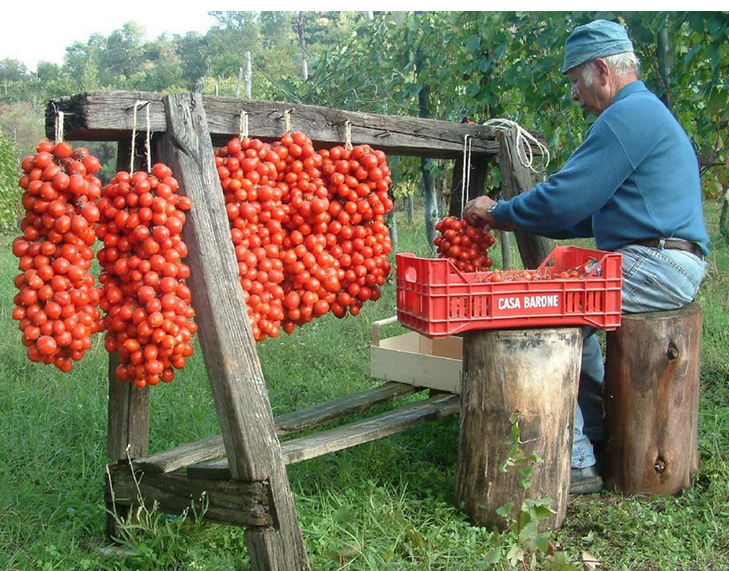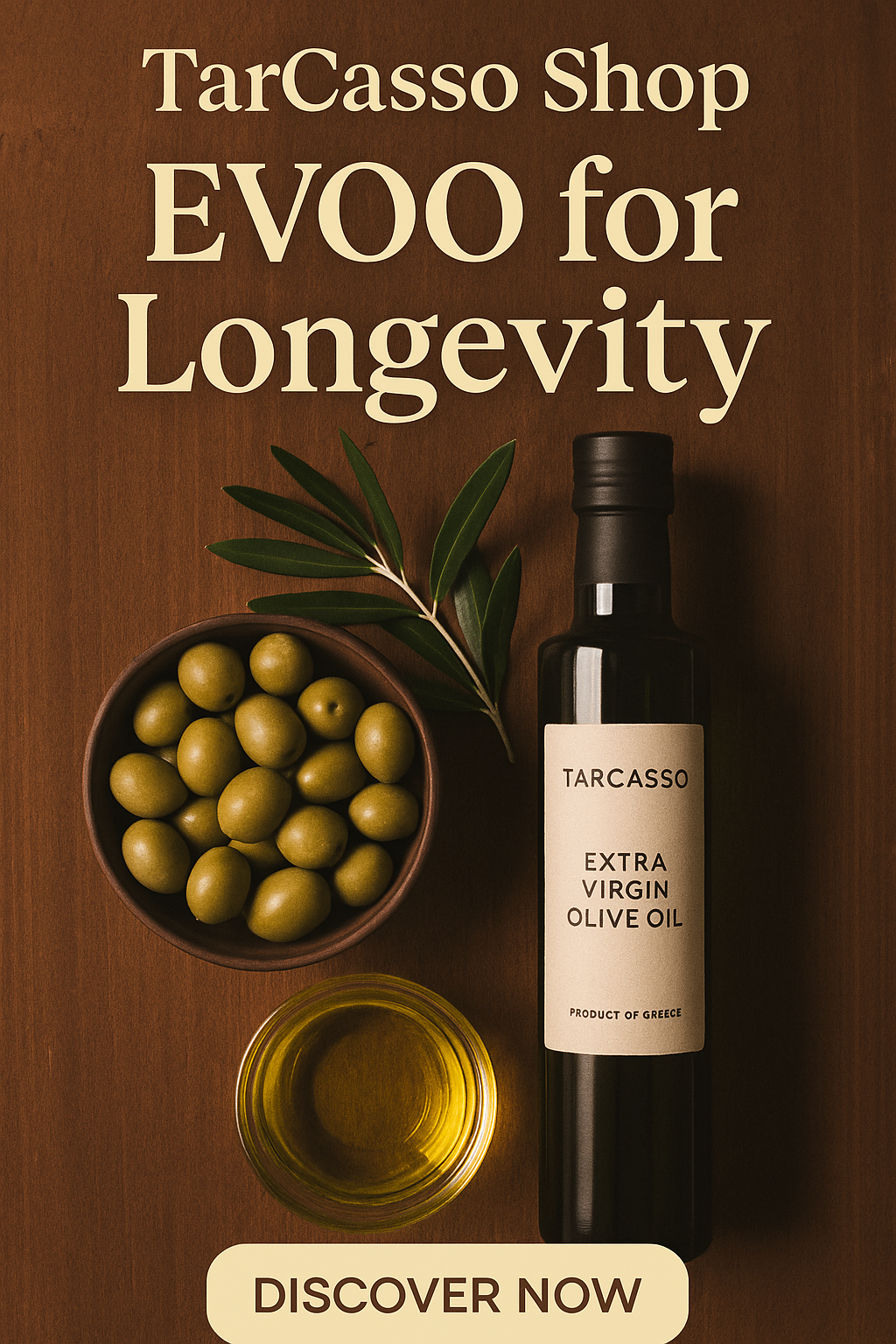Nestled on the slopes of Mount Vesuvius, a unique tomato variety thrives in the volcanic soil, capturing the essence of Campanian terroir. The Pomodorino del Piennolo del Vesuvio, a D.O.P. PDO (Denominazione di Origine Protetta) certified product, is not just a tomato; it’s a testament to centuries of agricultural tradition and the remarkable influence of its environment.
Characteristics and Cultivation
These small, oval-shaped tomatoes, weighing between 20-30 grams, are distinguished by their pointed tip and occasional ribbing near the stem (1). Their thick, leathery skin and compact flesh result in a tomato with an almost crunchy texture (3). The flavor profile is a perfect balance of sweetness with a tangy, slightly acidic aftertaste, attributed to high concentrations of sugars and minerals imparted by the volcanic soil.
Cultivation of the Piennolo tomato is rooted in tradition. Farmers grow these tomatoes in open fields, supporting the plants with stakes to keep the fruits off the ground. The harvest typically occurs between late June and mid-August, marking the beginning of a unique preservation process1.
The “Piennolo” Method
The name “Piennolo” comes from the Neapolitan dialect, meaning “hanging.” After harvest, farmers tie the tomato bunches into large clusters using hemp twine, forming what looks like a pendant or “piennolo” (5). These clusters are then suspended in well-ventilated rooms, allowing the tomatoes to slowly ripen and concentrate their flavors.
This traditional preservation technique enables the Piennolo tomatoes to maintain their quality for an extended period, often lasting until the following spring. It’s this longevity that has made the Piennolo a staple in Campanian cuisine, providing fresh tomato flavor even during winter months.
Culinary Uses
The Pomodorino del Piennolo del Vesuvio is incredibly versatile in the kitchen. Its intense flavor and low water content make it ideal for various culinary applications:
- Pasta Sauces: Perfect for creating rich, flavorful sauces
- Pizza Toppings: Adds an authentic Neapolitan touch to pizzas
- Bruschetta: Ideal for a simple yet delicious appetizer
- Fish Dishes: Complements seafood beautifully
Where to Find Piennolo Tomatoes
For those eager to experience this Vesuvian delicacy, several suppliers offer Piennolo tomatoes:
- Eligo.me: An online retailer offering both fresh Piennolo tomatoes and preserved versions (2).
- Valsana: Provides Piennolo tomatoes in “pacchetelle” or sliced form, preserved naturally (4).
- Il Tomolo: Offers halved Piennolo tomatoes preserved in their own juice (5).
- TerraViva: A local farm in Sant’Anastasia, Naples, selling fresh Piennolo tomatoes (8).
As of February 2025, these suppliers continue to offer this unique product, allowing food enthusiasts worldwide to savor a taste of Vesuvius.
The Pomodorino del Piennolo del Vesuvio is more than just a tomato; it’s a cultural icon, a culinary treasure, and a living link to the rich agricultural heritage of the Campania region. Whether enjoyed fresh, preserved, or as part of a traditional Italian dish, these tomatoes offer a unique taste experience that captures the essence of their volcanic terroir.
Sources:
- https://www.piennolovesuviodop.it/en/typologies/
- https://www.eligo.me
- https://www.gourm.it/en/1616-pdo-pomodoro-del-piennolo/
- https://www.valsana.it/en/pacchetelle-di-pomodoro-di-pomodorino-del-piennolo-del-vesuvio-dop-2-96371.html
- https://www.iltomolo.it/en/sliced-tomato-of-pomodoro-del-piennolo-del-vesuvio-dop.html
- https://www.qualigeo.eu/en/product/pomodorino-del-piennolo-del-vesuvio-pdo/
- https://www.eatalianexperience.com/discovering-pomodorino-del-piennolo-del-vesuvio-pdo-with-pasquale-imperato/
- https://www.terravivaziendagricola.it





